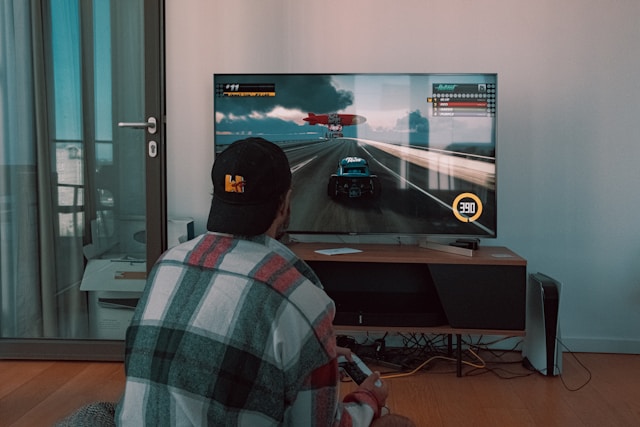You’ve probably heard the term “Failure to Launch.” In clinical settings, this phrase is often used to describe a subset of young adults who want more independence yet feel stuck in dependence on parents even when they have the desire to move forward. Importantly, this does not apply to all young adults who live at home.
Many young adults reside with family for reasons that are financially practical, culturally appropriate, or mutually agreed upon. Cohabitation alone is not “failure.” What we’re talking about here is the experience of stuckness, when anxiety, avoidance, or low confidence are the central blockers.
How can parents reduce unintentional enabling — while still maintaining warmth, connection, and respect?
The good news is that there are ways to help, and many therapeutic approaches can offer guidance. SPACE Therapy, in particular, provides terrific guidance in this area.
Therapy helps families experiencing Failure to Launch. We want to help.
Contact us today for an appointment.
What Is “Failure to Launch” Clinically Referring To?
According to the U.S. Census, one in three adults aged 18–34 lives with family, and there are many valid reasons.
For a subset of young adults, however, psychological stuckness, not circumstances , becomes the primary driver of ongoing dependence. Anxiety, avoidance, perfectionism, low self-efficacy, executive function challenges, and/or mental health conditions can interfere with forward motion.
In that specific context, clinicians often use the shorthand term Failure to Launch.
Signs That Stuckness May Be In Play
Examples of factors that may maintain dependence:
-
Avoidance of discomfort
-
Reliance on parents for decision-making
-
Executive function difficulty
-
Fear of failure
-
Low motivation or low confidence
-
Underlying mental health challenges (e.g., anxiety, depression, ADHD)
-
Social withdrawal
-
Perfectionism that prevents starting
-
Technology becoming a primary escape / coping strategy
-
Difficulty tolerating frustration or imperfection
Again — these are not moral defects. They are patterns that can be addressed therapeutically.
Failure to Launch isn’t failure on the part of the young adult or the parent. Some of these challenges, such as ADHD and fear of failure, make the transition to independence challenging. So, the adult child just gets stuck, and the parent feels stuck with them. The goal is to get unstuck.
How Well-Meaning Parents Can Unintentionally Reinforce Stuckness
Parents step in because they love their child — but sometimes, repeated accommodations (financial or emotional) unintentionally reinforce avoidance.
Examples include:
-
providing ongoing financial support without expectations or time-frames
-
rescuing from discomfort or consequences
-
handling tasks on behalf of the young adult
-
avoiding honest conversations to prevent conflict
-
removing all levels of responsibility from the home environment
This is not “bad parenting.” These are very human responses to seeing your child struggle.
And — these patterns are modifiable.
These behaviors obviously come from a place of love and concern. Nevertheless, they can prevent young adults from building resilience and problem-solving skills and enable Failure to Launch. Therapy can help.
Therapeutic Approaches That Help
1) Cognitive Behavioral Therapy (CBT)
Supports executive functioning, anxiety management, problem-solving, and confidence building.
2) Behavioral Activation
Helps move out of avoidance by starting with small, achievable steps — creating reinforcement through action.
3) Family Therapy
Strengthens communication, boundary setting, and collaborative expectations.
4) SPACE Therapy
Shifts the focus to parent behaviors — reducing the kinds of accommodations that maintain avoidance, while sustaining warmth.
Parents learn to:
-
gradually reduce specific accommodations
-
convey confidence (“I believe you can handle this”)
-
tolerate their own distress when their child is uncomfortable
-
stay connected while stepping back
SPACE is about changing parent behavior — not forcing the young adult to change.
Accepting That Parents Cannot Control Their Child’s Actions
One of the biggest shifts in SPACE Therapy is recognizing that parents cannot force their child to take action—but they can change their own behaviors.
Instead of nagging, pleading, or lecturing, parents learn to step back while offering support in a different way.
How Do Parents Know They’re On a Healthy Track?
Signs include:
-
expectations are clear and communicated with warmth
-
parents resist rescuing when things get uncomfortable
-
parents remain emotionally connected (not withdrawn)
-
small steps are happening — even slowly
-
parents have support, too
Change is challenging — and therapeutic guidance can help families stay grounded and consistent.






